7 Product Launch Fails That Defined 2022
The final product in the list of top 10 failed products is the HP Touchpad. It grabbed a lot of attention with its expensive product launch. However, the industry experts were surprised when consumers started facing issues like a slow operating system and bugs.
10 Failed Products due to Poor Marketing

Launching a product may seem like a game-changer for a brand, but they can also end up as epic disasters and lead to failed products due to poor marketing.
Did you know about the Microsoft Zune, Amazon Fire Phone, or Crystal Pepsi? Most of you will say no because, although these products were the brainchild of renowned brands, they failed to impact the consumers’ minds. One of the reasons for their failure was poor marketing.
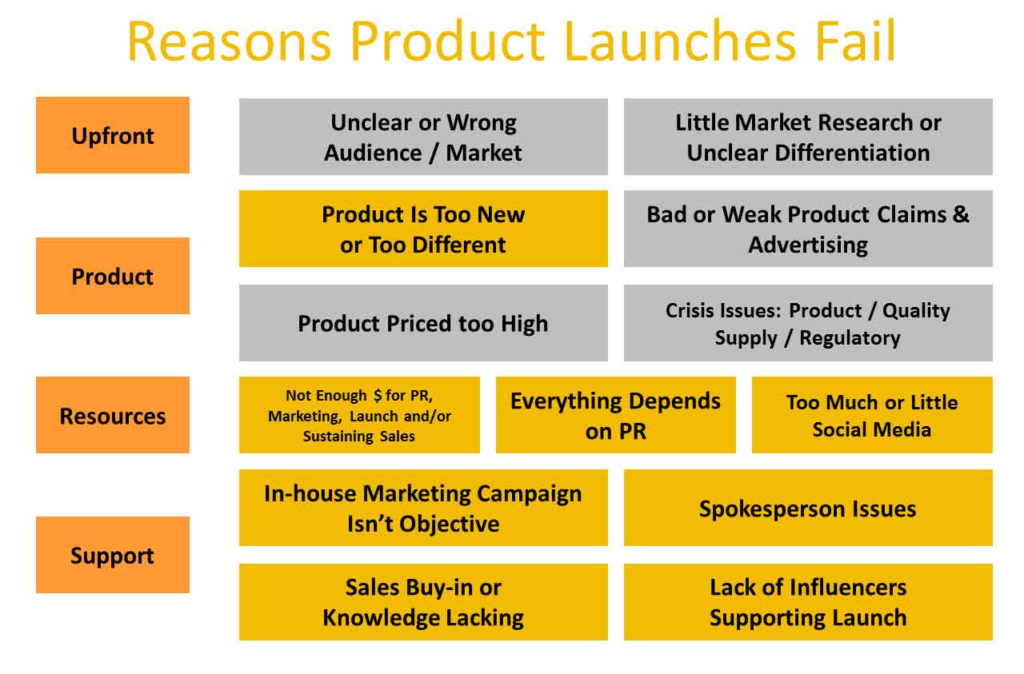
It is undeniable that surviving the fierce competition in the markets is challenging, and hence, companies have to take risks and keep introducing innovative products. While pouring a large amount of money into advertising campaigns can lead to tremendous successes, it can also result in colossal failures. There are numerous such examples. Read ahead to know about 10 failed products due to poor marketing.
Companies launch different types of commodities intending to capture the consumer’s attention. The majority of them successfully meet the customers’ expectations. But, many products have failed because of poor marketing. Hence, they were unceremoniously withdrawn from the market.
Let us look at ten products that have failed due to poor marketing.
1. Segway
Do you remember this two-wheeled transportation device called Segway? It was welcomed with incredible fanfare.
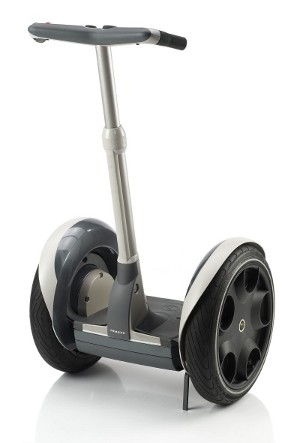
But despite the grand launch and marketing tactics, the product met its doom. General consumers wondered why they needed to buy it? They could walk, cycle, buy a two-wheeler or a car.
2, Microsoft Zune
The Zune by Microsoft is the first product that features in our list of products that failed due to poor marketing. It was introduced as a competitor to the iPod five years after it was already an established product.
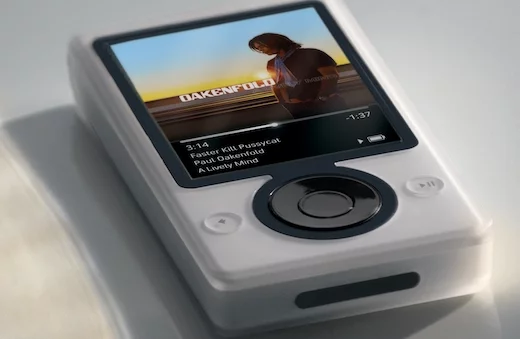
Furthermore, it had no distinguishing features that made it different from the iPod, which contributed to its failure to attract consumers.
3. Google Glass
Getting information displayed in the field of vision and giving voice commands were some features of Google Glass. However, consumers disapproved of it for its unfashionable design.
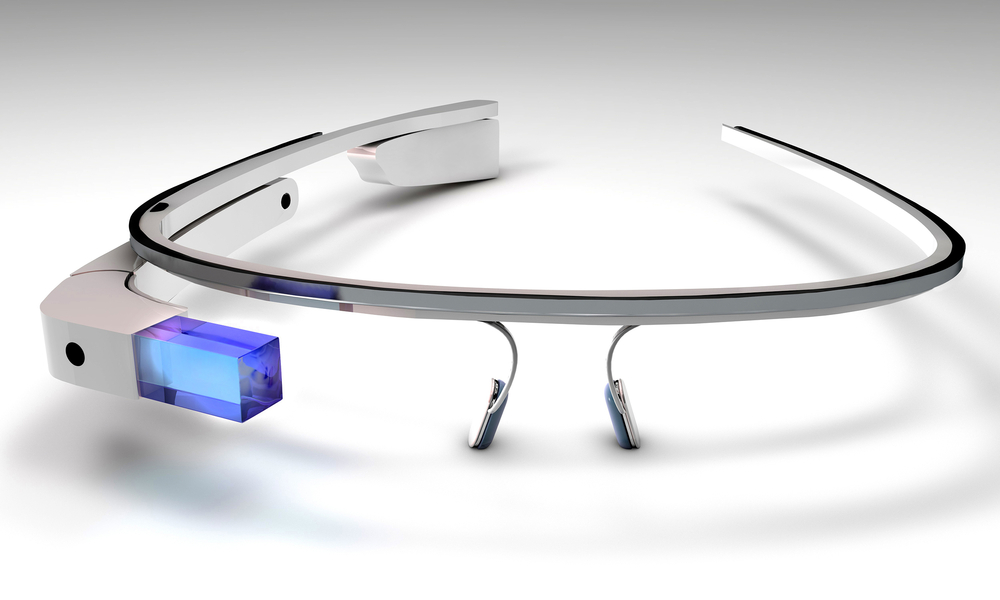
Also, a feature that allowed videos to be recorded without others noticing raised privacy concerns, not to forget its exorbitant price. These factors combined with ineffective marketing led to the downfall of what seemed like a futuristic gadget.
4. Amazon Fire Phone
The e-commerce giant announced its entry into the smartphone market with the Fire Phone.
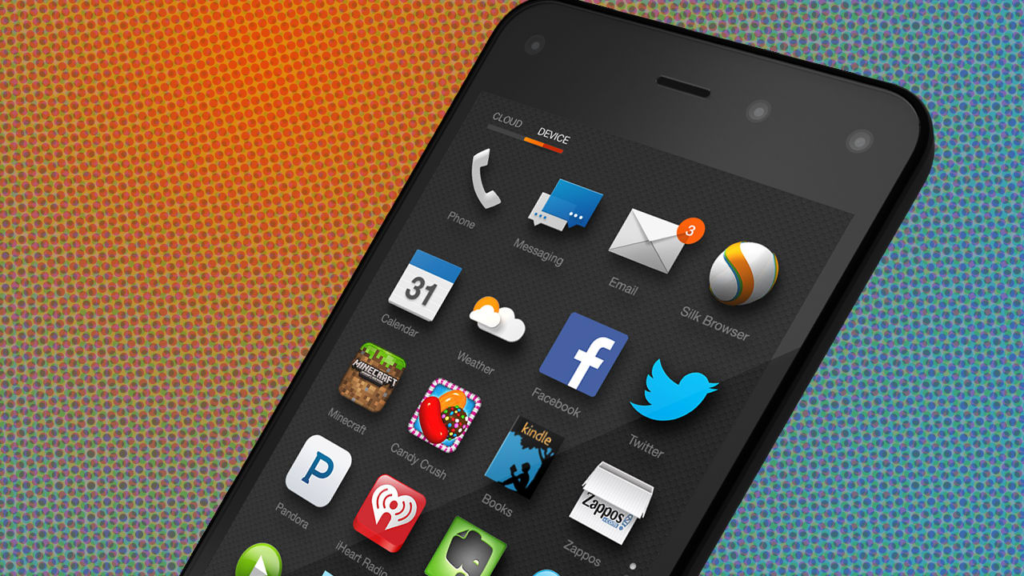
But, the product met its demise the next year because consumers found the phone mediocre and overpriced. Further, it was only available on AT&T (American Telephone and Telegraph Company), which restricted the number of consumers who could buy it.
5. Google Plus
The next one on the list of 10 products that have failed is Google Plus, better known as G+, a social media platform launched by Google. It aimed at transforming the way people communicate online.
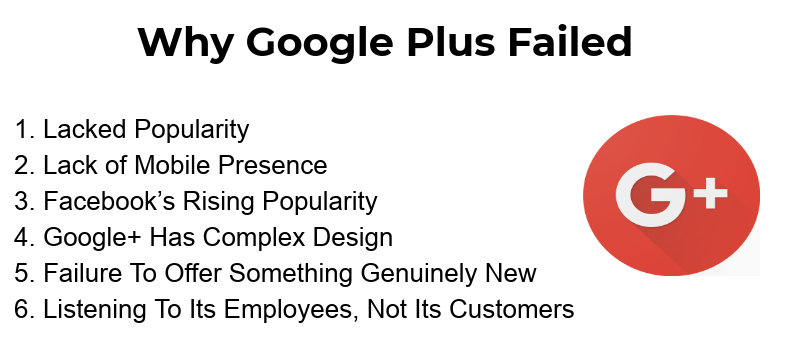
Another purpose of creating this network was to compete with other social networks like Twitter and Facebook (now called Meta). However, it never received much fanfare and collapsed.
6. Cheetos Lip Balm
Cheetos, the much-loved crunchy and delicious snack is everyone’s favorite of all time. The company introduced the lip balm, expecting their loyal customers to welcome it with open arms.
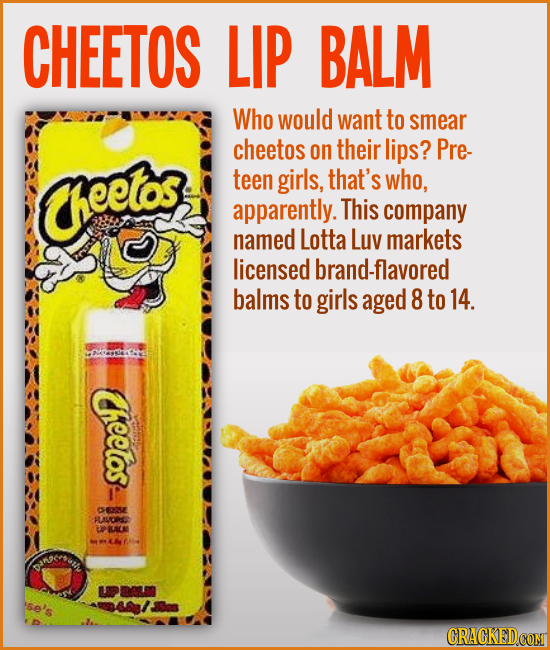
However, the idea backfired as customers could not digest the concept of snack-flavored lip balms. Cheetos pulled it from the shelves soon.
7. Crystal Pepsi
While the idea of clear cola seemed quite revolutionary, what bothered the fans of this brand was the weird taste of Crystal Pepsi.
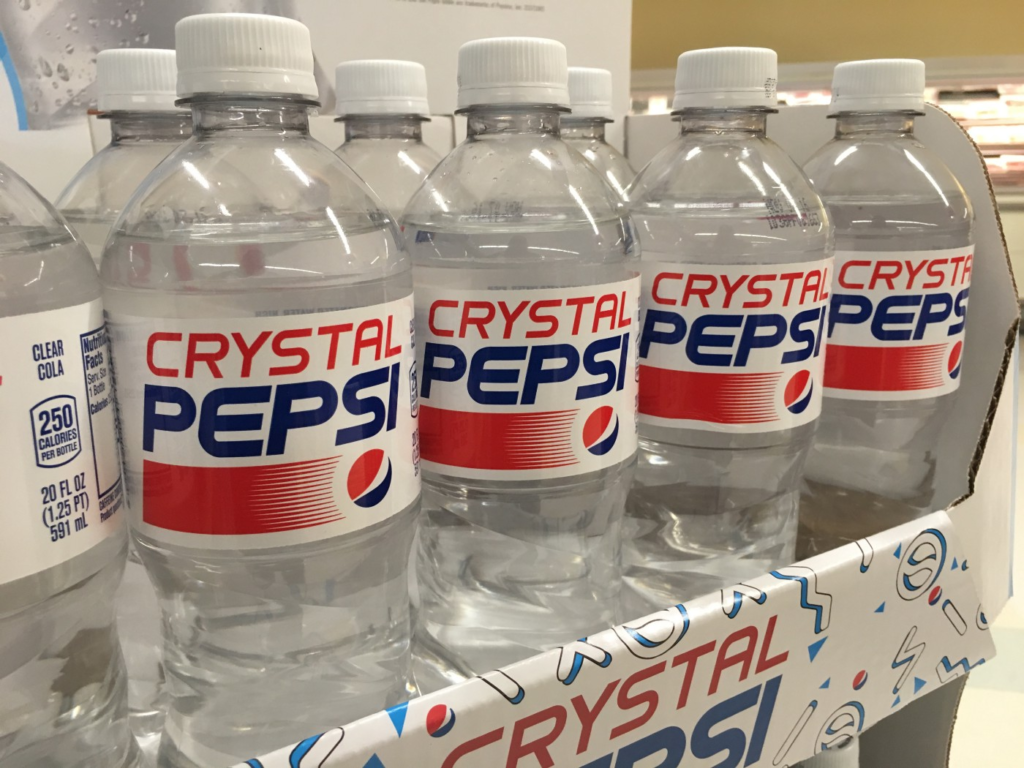
Also, the masses, who were accustomed to the brown color, were disappointed with the drink’s clear color. So, even though the creators had good intentions of launching a caffeine-free drink, its shelf-life was cut short due to defunct branding.
8. Volkswagen Phaeton
Volkswagen has always been in-demand for making affordable cars catering to the masses. So when the car company announced a luxury car called Phaeton, the target demographic was confused.
They could not fathom the idea of purchasing a high-end Volkswagen car when other brands had affordable cars. It is in the list of 10 failed marketing products because of insufficient understanding of the demographic and inadequate marketing.
9. Samsung Galaxy Note 7
Another great product in the top 10 failed products is Samsung Galaxy Note 7. Soon after it was launched, everyone was talking about the explosive episodes of this phone.
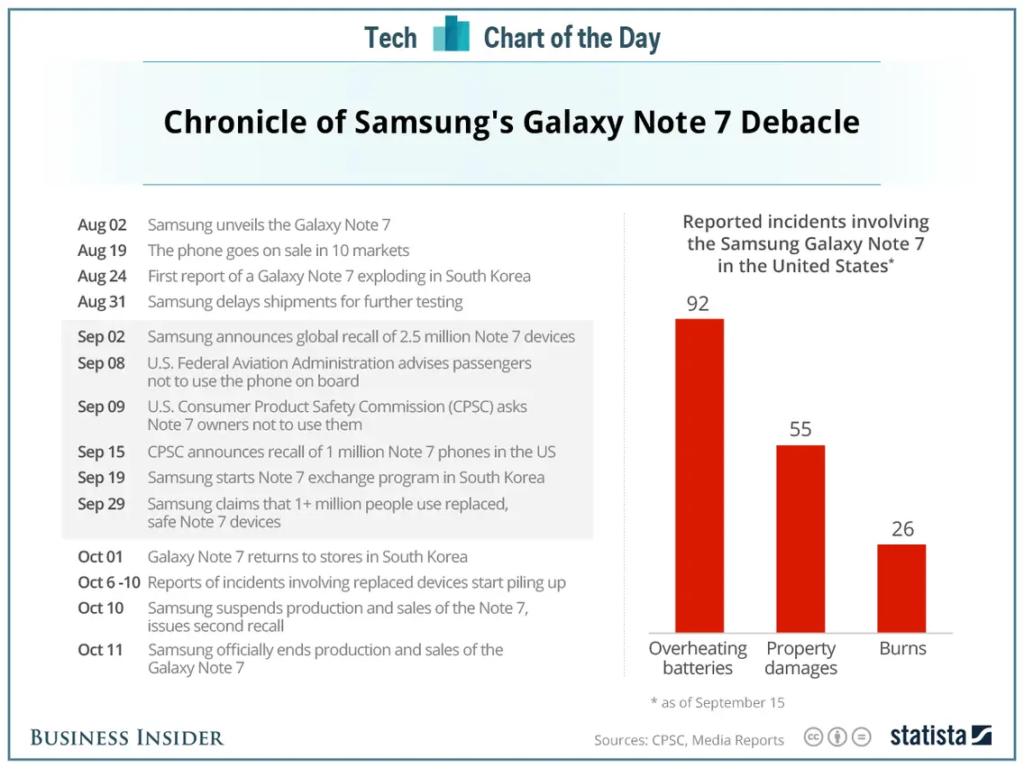
The phone hardly lasted a year, and there were content complaints from customers mentioning overheating and exploding batteries. So, considering the safety of the consumers, the electronic giant had to recall more than 2.5 million phones and ultimately stop its production.
10. HP Touchpad
The final product in the list of top 10 failed products is the HP Touchpad. It grabbed a lot of attention with its expensive product launch. However, the industry experts were surprised when consumers started facing issues like a slow operating system and bugs.
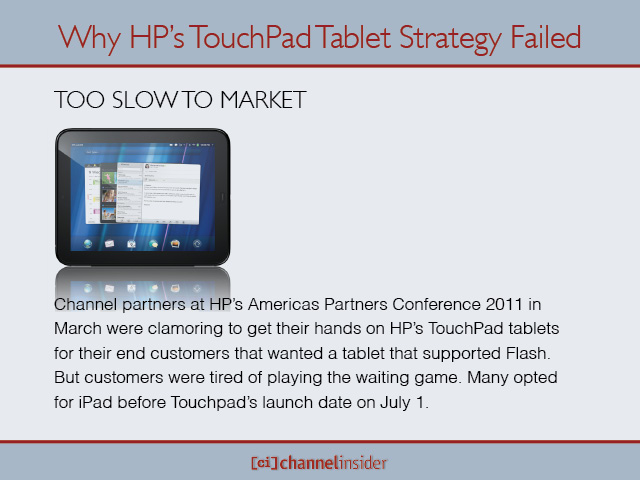
It soon became apparent that HP had released the product in a hurry. As a result, the sales crashed, and stores with excess inventory slashed prices. The company had to bear a loss worth millions.
These failed products due to poor marketing caused severe damage to the brands’ budget and reputation. Irrespective of the brands’ popularity, the products or the marketing strategy did not succeed.
Brands across the globe face enormous pressure because of countless products hitting the markets each year. But, taking sufficient time to research the market, target demography, and the product’s efficiency can prevent such potential failures in the future.
FAQs
1. What are some of the key reasons behind a brand’s failure?1. Poor product
2. Excessive marketing
3. Declining brand recall
4. Lack of innovation
5. Increasing competition
6. Bad customer service
1. Jabong
2. BimaPe
3. Starsky Robotics
4. Quibi
5. Monkey Box
6. OFO
7. RUSSSH
8. Stayzilla
Connecting with your customers is not just communicating. It is the effort that goes beyond this. Connected consumers often become repeat consumers, which plays a key role in the success of a brand.
4. What are the different methods to revive a failed product?Analyze your products and the causes behind their failure. Some ways that can help you revive your product can be:
1. Rename the product.
2. Change the tagline.
3. Use a media strategy that you did not use earlier.
4. Change the sales plan.
5. Offer a discount or free samples.
6. Target a different demographic zone.
Try a different packaging style.
Few popular brands which could not establish themselves in India are:
1. Timberland
2. Chevrolet
3. Kingfisher
4. Bisleri Pop
5. Danone Dairy products
6. Taxi4Sure
7 Product Launch Fails That Defined 2022
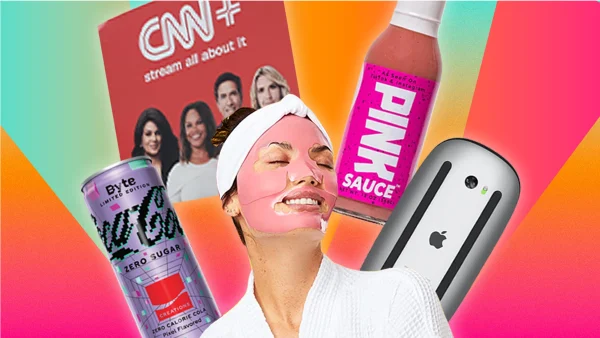

Even iconic brands that entrepreneurs idolize commit major blunders. From Sony’s Betamax to Google Glass and the Microsoft Zune, some of the most successful companies in the world have launched products that failed. While the CEOs who oversaw those infamous flops may want to erase them from their résumés–and our collective memories–forgetting about high-profile missteps would be another error in judgment.
Failure deserves attention, because it is an inevitable side effect of taking risks and achieving progress. That’s according to Samuel West, a licensed clinical psychologist who holds a PhD in organizational psychology. West began his research by studying how companies could increase their capacity for innovation. That question led him to the subject that has since defined his career as a psychologist–corporate failure.
“The main obstacle to innovation is often the fear of failure,” says West, whose clients have included Deloitte, Ikea, Volvo, Johnson and Johnson, and Mars Inc. “Our society glorifies success to an almost sick extent where failure–which is necessary for success–is stigmatized.”
To stimulate more productive discussions about failure and how to harness it, West founded the Museum of Failure, a traveling collection of nearly 160 failed products and services like the Boeing 737 Max, Theranos, New Coke, and Bic for Her pens.
“Putting effort into finding out what went wrong is the most important part,” says West. “It’s about being willing to have that discomfort at least for long enough to have a good conversation about it.”
As curator, he is always on the hunt for new exhibits, so in the spirit of celebrating failure as a learning opportunity, Inc. compiled some of this year’s biggest product launch mistakes. No word yet on which of these 2022 missteps could make the cut for the museum.
Walmart’s Juneteenth-themed ice cream
For Juneteenth, a federal holiday that commemorates the emancipation of enslaved Americans, companies like Target, Nike, and Netflix gave employees the day off. Other businesses used the date to host speakers or companywide diversity, equity, and inclusion events. But one of the world’s largest retailers struck a particularly tone-deaf approach.
Under its private label brand Great Value, Walmart launched a Juneteenth-themed ice cream of swirled red velvet and cheesecake flavors. The carton called on customers to “share and celebrate African-American culture, emancipation, and enduring hope” and placed a trademark symbol after the word Juneteenth. The product prompted outrage from customers.
“It’s problematic when white owned brands and companies treat Juneteenth as another commercialized . opportunity void of any commitments to the [African-American] community,” Eunique Jones Gibson wrote on Twitter. The Culture Brands CEO works with agencies and brands like Hyundai, Genworth Financial, and Slutty Vegan to create culturally relevant and responsible campaigns. “I understand wanting to show support as a brand or being concerned about how your stakeholders might feel if you are quiet on June 19th. I’m having these same convos with my clients. But if you lack commitment/investment . being quiet is best.”
After the backlash, the big-box store apologized and pulled the ice cream from its shelves.
CNN+
Streaming services generate more than awards buzz. The industry is also a perennial producer of cautionary tales. Quibi was the high-profile casualty of 2020. After raising more than $1.75 billion in funding, co-founders Jeffrey Katzenberg and Meg Whitman announced they were shuttering the mobile-centric streaming service only six months after it debuted. This year, history did more than rhyme. It seemed to repeat when the newly combined Warner Bros. Discovery shut down the streaming platform CNN+ less than a month after its $300 million launch, which reportedly drew less than 10,000 daily viewers.
New York City’s dumpsters
In October, New York City Mayor Eric Adams announced he was launching a war on the city’s greatest scourge: rats. The country’s largest city has struggled with rodent infestation, and many blame the piles of garbage bags that sit on the streets until collection. The plan to better accommodate the 24 million pounds of trash produced each day included an obvious and widely mocked product recommendation. Yes, the city’s solution was a dumpster. New York launched a yearlong pilot program on one block of West 45th Street in the Hell’s Kitchen neighborhood, to test curbside waste containers.
The trash receptacle failure was twofold, though. The dumpsters became more of a farce when residents learned just how much waste management was costing the city in management consulting fees. In a deal first reported by the transportation-focused outlet Streetsblog, New York City awarded McKinsey and Company a $4 million contract to commission a 24-week study of the city’s waste container needs and develop a citywide pilot program.
Pixel-flavored Coca-Cola
In another sign that brands may be taking the Web3 hype too far, Coca-Cola unveiled a limited-edition pixel-flavored soda in April. In a statement, the Atlanta-based corporation described its gaming-inspired Coca-Cola Zero Sugar Byte as “the first-ever Coca-Cola flavor born in the metaverse” and “a beverage that transcends the digital and physical worlds.” The soda was simultaneously launched within the Fortnite universe and in the metaverse. The digital customer experience may have been better than the IRL taste, which was pilloried online.
New Apple Magic Mouse, same problem
In March, Apple held its first product event of the year, and users were disappointed to learn that the new iteration of the Magic Mouse still includes the same old problem that customers have been complaining about for years. The wireless mouse has its USB port on the bottom. That means when it’s plugged in and charging, the mouse sits like an upside-down turtle on its shell and cannot be used.
The pervasive design flaw will be enough to earn the Magic Mouse a spot in the Museum of Failure in the future, West says. “It’s fun to make fun of Apple, because they’re at the top,” he says. “You can just laugh at it because it doesn’t hurt Apple or anybody else.”
Oscar Mayer’s bologna-themed face mask
This year also ushered in a number of calculated missteps where companies scored with intentional self owns. The trend was best exemplified by one curious collaboration between a grocery aisle label and a South Korean beauty brand. Oscar Mayer teamed up with Seoul Mamas to roll out a face mask that resembled a slice of its eponymous bologna. Kraft Heinz’s foray in moisturizing reportedly sold out less than a day after its release on Amazon.
West says these kinds of products are meant to be absurd and are tailor-made for social media. “It’s designed to get people to react,” he says. “In the food products section, that’s been going on for at least five or 10 years. Oreo started with making Swedish Fish-flavored Oreos. Who the hell wants to eat that?”
The TikTok Pink Sauce
This year, the best case study of a brand capitalizing on a failed product launch was a condiment. Pink Sauce, the creation of Miami-based chef Carly Pii, who posts on TikTok under the name Chef Pii, became this summer’s viral sensation. The spicy, tangy topping, which gets its distinct Pepto Bismol color from dragon fruit, racked up hundreds of millions of views on TikTok with people squeezing it over everything from chicken wings to pizza slices.
For Pink Sauce, going viral became a problem. Packaging issues popped up all over social media. Customers complained of nutrition label misspellings, calorie and serving size miscalculations, rancid-smelling sauce, and bottles that were unfilled or that exploded in the mail.
West says this is a classic case of a business failure, which is always defined in relation to customer expectations. “When things get hyped up so quickly like they do today,” he says, “that creates expectations that are impossible to meet, which then massively increases the probability of failure.”
In a now-deleted video, Chef Pii apologized for the botched rollout and promised to improve future shipments. Still, the public controversy brought major benefits. All the attention helped the entrepreneur score some institutional help. Pii partnered with the hot sauce company Dave’s Gourmet to produce the pink sauce on a commercial scale.
A refreshed look at leadership from the desk of CEO and chief content officer Stephanie Mehta
]]>